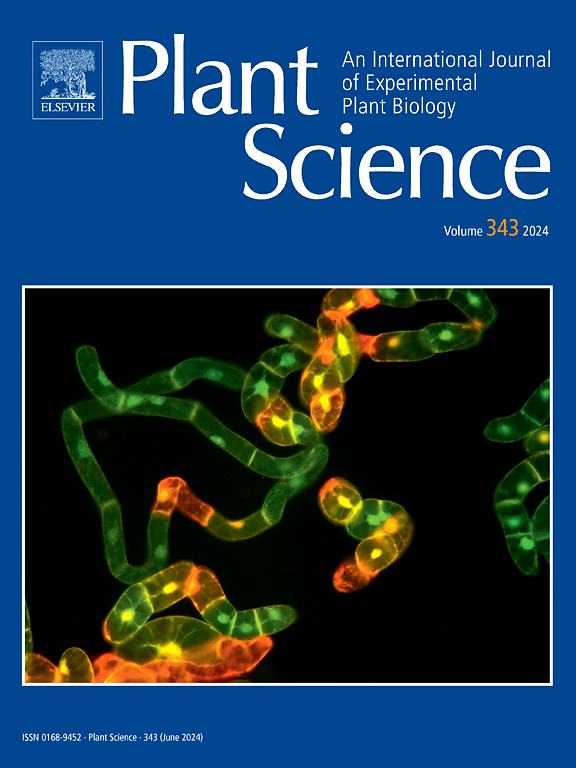用纳米封装的一氧化氮供体进行种子处理对小麦植株早期发育和耐旱性的长期影响
IF 4.2
2区 生物学
Q2 BIOCHEMISTRY & MOLECULAR BIOLOGY
引用次数: 0
摘要
本文章由计算机程序翻译,如有差异,请以英文原文为准。
Long-term effects of seed priming with nanoencapsulated nitric oxide donors on the early development and drought tolerance of wheat plants
The objective of this work was to identify the effect of seed priming with nitric oxide (NO)-releasing nanoparticles on the germination process and initial growth of wheat plants (Triticum aestivum L.) under water deficit conditions in a laboratory and in a greenhouse environment, and compare the results with the non-nanoencapsulated NO donors. Initially, a dose-response curve was made for chitosan/tripolyphosphate nanoparticles containing S-nitroso-mercaptosuccinic acid (NP-MSNO) or S-nitrosoglutathione (NP-GSNO), which showed the optimal dose of 500 µM of both NO donors for the protection of wheat against water deficit. Subsequently, comparisons were made of the effects of priming with NP-GSNO and NP-MSNO in relation to priming with water, free MSNO and GSNO, and chitosan nanoparticles without NO donor, as well as the control without priming, under laboratory and greenhouse conditions, to evaluate morphological, physiological, and biochemical parameters. When the water deficit was applied in the laboratory, the NP-MSNO and NP-GSNO treatments led to greater increases in germination, chlorophyll content, and root morphological parameters compared to the other treatments. In the greenhouse, seed priming with NP-GSNO or NP-MSNO led to gains in root morphology, leaf water content, stomatal conductance, and S-nitrosothiol content in shoots and roots. In particular, nanoencapsulated GSNO promoted the best responses. In general, seed priming with nanoencapsulated NO donors provided benefits for germination and the vigor of wheat seedlings under water deficit, and these benefits remained in the greenhouse environment for a period of more than 30 days after treatment.
求助全文
通过发布文献求助,成功后即可免费获取论文全文。
去求助
来源期刊

Plant Science
生物-生化与分子生物学
CiteScore
9.10
自引率
1.90%
发文量
322
审稿时长
33 days
期刊介绍:
Plant Science will publish in the minimum of time, research manuscripts as well as commissioned reviews and commentaries recommended by its referees in all areas of experimental plant biology with emphasis in the broad areas of genomics, proteomics, biochemistry (including enzymology), physiology, cell biology, development, genetics, functional plant breeding, systems biology and the interaction of plants with the environment.
Manuscripts for full consideration should be written concisely and essentially as a final report. The main criterion for publication is that the manuscript must contain original and significant insights that lead to a better understanding of fundamental plant biology. Papers centering on plant cell culture should be of interest to a wide audience and methods employed result in a substantial improvement over existing established techniques and approaches. Methods papers are welcome only when the technique(s) described is novel or provides a major advancement of established protocols.
 求助内容:
求助内容: 应助结果提醒方式:
应助结果提醒方式:


